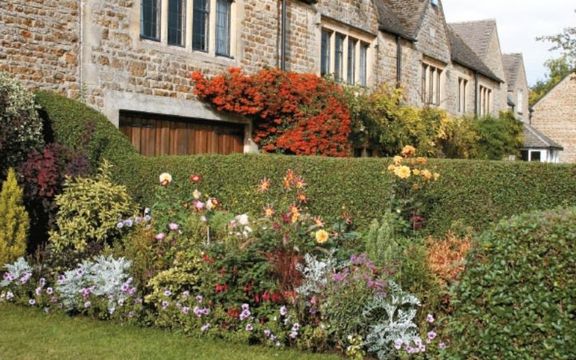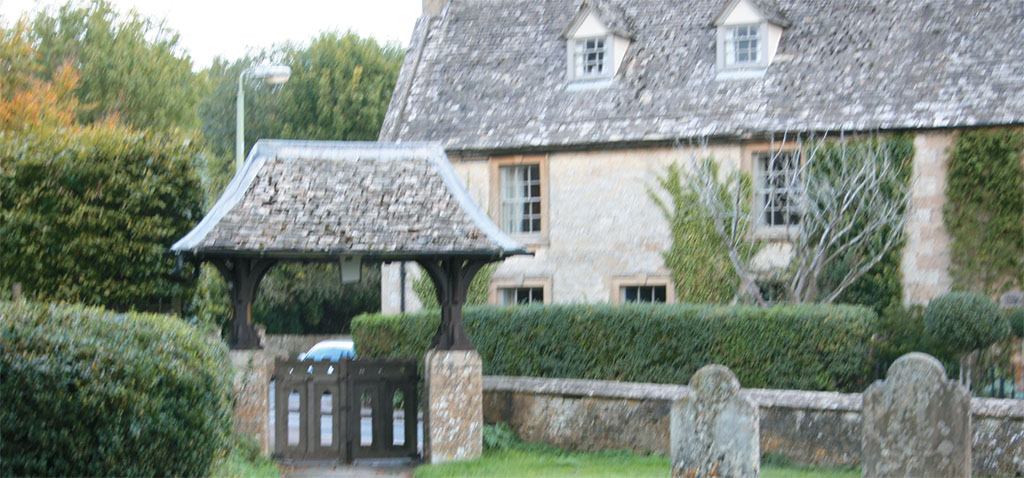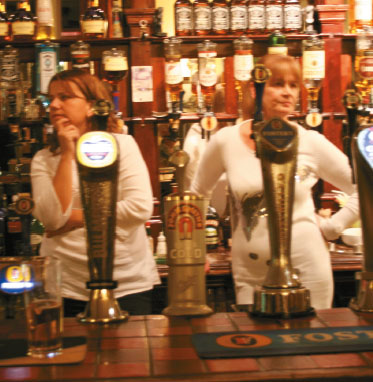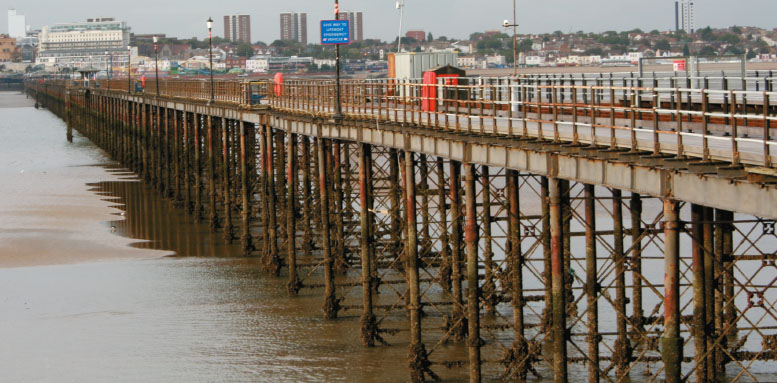
Where the English Heart Lies: Getting Out of TownDana Huntley
For centuries, all roads led to London—until the capital held as it does today more than 20 percent of Britain’s population.
* Originally published in 2018
For 100 years now, however, people have sought ways to leave the metropolis behind in search of a better quality of life. From the world’s first planned community at Welwyn Garden City to the New Towns like Milton Keynes developed after World War II, there has been a consistent desire to escape the population pressures of one of the globe’s most desirable cities. Here’s what is happening today.

The Oxfordshire village of Kingham, named recently the most ideal village in England, has become a haven for well-heeled folk seeking to escape the frenetic pace of London life. Dana Huntly
Deep in the heart of the Cotswolds, the village of Kingham has been declared by one intensely intentioned survey the most ideal village in England. It is really not difficult to see why. All the components are there. Kingham is replete with those picture-book limestone cottages and brick-faced townhouses. There is the necessary village green, where children frolic on the lawns and swing sets. Schools are good, gardens tidy and civic pride is high. The medieval church, St. Andrews, stands comfortingly unchanged for countless generations. There is a village store and post office, and the market town of Chipping Norton lies just down the road a few miles.

In the heart of Southend’s waterfront, The Hope is a local for Cockney working class folk who used to come on holiday but now call Southend home
Most important, Kingham lies on a rail line. Bankers and businesswomen with their mobile phones, laptops and morning papers can catch the train and work or doze through the 90-minute commute to Paddington Station. The first morning train at 6:30 is crowded.
Meanwhile, half a dozen counties east, in Southend-on-Sea, Essex, people are hopping aboard the trains that in less than an hour will have them at either Fenchurch Street or Liverpool Street stations. These commuters are rather less likely to be heading for those high paying jobs in the City, though. And Southend is hardly a picture-postcard village.
For generations, the working and middle-class folks from West and South London took their seaside day trips to the shingle beach and famed attractions of Brighton; East London’s Cockneys went to Southend.
While Kingham may be the perfect destination for the well-heeled gentry hankering for a village life that is still easily accessible to the financial capital and to the nightlights of the West End, Southend has become a natural refuge for East Londoners looking to get out of town.
The gentrification of the Thames waterfront stretching east through Wapping to Canary Wharf is the latest chapter in an old story: the natives have been priced out of the housing market and the shops. Farther from the river, the old Cockney neighborhoods east of the Tower have become enclaves of ethnic immigration from Britain’s historic colonies. It just doesn’t feel like home anymore.
In fact, a study funded by the Economic and Social Research Council has concluded that East London’s celebrated Cockney accent will virtually disappear from London’s streets over the next generation—to be replaced by “Jafaican,” a hybrid of multicultural accents mixing Cockney with Bangladeshi and West Indian accents. Little wonder that traditional Cockneys have been moving out of the capital into Hertfordshire and Essex—and especially to their friendly, comfortable playground: Southend-on-Sea.
Back in the Evenlode Valley of Oxfordshire, Kingham does have everything to make a village desirable. Dry stonewalls ring pleasant pastures across a landscape designated an Area of Outstanding Natural Beauty. There is a gardening club and a book club. The village store sells good wine and locally produced meats and cheeses. A two-bedroom cottage goes on the market for $400,000-$600,000. The Old Rectory Cottage is now for sale. It won’t take long to get its asking price of $2.4 million. After all, on any quality of life index, raising a family in Kingham beats Kensington.
Southend boasts the longest pier in the world. It’s a 15-minute train ride down the pier’s mile and a third length into the Thames Estuary. Or you can walk. Southend’s waterfront bustles with all the attractions you might expect: amusement arcades, fish & chips shops, angling supplies and sundry boozers. Take the elevator up to the High Street and you’ll find all the accouterments of a pedestrianized English commercial district: block after block of those familiar British shops, from Marks & Spencer to Greggs the Baker. Yes, Starbucks and MacDonalds, too. With a population of 164,000, Southend is no village. And for not much more than $150,000 you can own a semidetached home in a pleasant residential neighborhood.
Perhaps it is the pubs, though, that tell the tale best.
Read more
On an autumn weekday afternoon, I sauntered in to The Kingham Plough for a bite of late lunch—and was asked if I had a reservation. Perhaps the Jaguar parked out front might have given me a clue. I was indeed in a gastropub of the first order. Oh yes, all the comfortable features of the pub were there; I wouldn’t be ordering a ploughman’s at the bar, however. The table tent on my polished wooden table explained that the pub bought its animals whole and used every bit. I could have dined on potted rabbit, locally shot pheasant or scotched quail eggs. I settled for Cotswold rarebit with sourdough toast points. Yes, it was lovely. While I was wandering down the street, a jovial Kingham native spotted me as a visitor and crossed the street to chat. That camera is a dead giveaway. He was dressed in a tweed jacket over his Dickie coveralls. I wasn’t the first journalist to have sought out Kingham. He’d been quoted in the Los Angeles Times and had his photo in the Guardian unloading a cargo of firewood from his small truck. He wasn’t selling his cottage.
A few days later, I spent a Sunday evening at the Hope pub in the heart of Southend’s waterfront. The day-trippers had taken the train back to London; the amusement park rides across the street were silent. The Hope was now the locals’ local, full of several dozen friendly comrades from their 20s to their 80s having a rollicking time, and an energetic staff behind the Edwardian bar pulling well-kept beer at a reasonable £2.50 the pint. The DJ was a Rod Stewart-look-alike having a good time himself, pumping the crowd and encouraging them to sing along with Neil Diamond and Bobby Darin. By the time he put on “Blue Bayou,” folks were jitterbugging on the bar. I was asked to dance several times, and clapped heartily on the shoulders just as often.
The street was quiet and even the arcades were dark as I made my way back to the hotel. The breakfast waiter next morning confessed that he, too, had moved out to Southend from East London. Home, after all, is where the heart is.
Most British Heritage readers know that London is not England. The glorious capital is a world-class city replete with the treasures of empire, commerce and culture, but it’s not England. In one sense, it is sad to see Britain’s crowning metropolis overwhelmed by its popularity, with everyone from Russian billionaires to the world’s economic and political refugees. Folks in Kingham and Southend are content, however. After all, home is where the heart is.

Stretching a mile and a third into the River Thames estuary, Southend’s pier is the longest in the world. You can walk the distance—or take the train





Comments